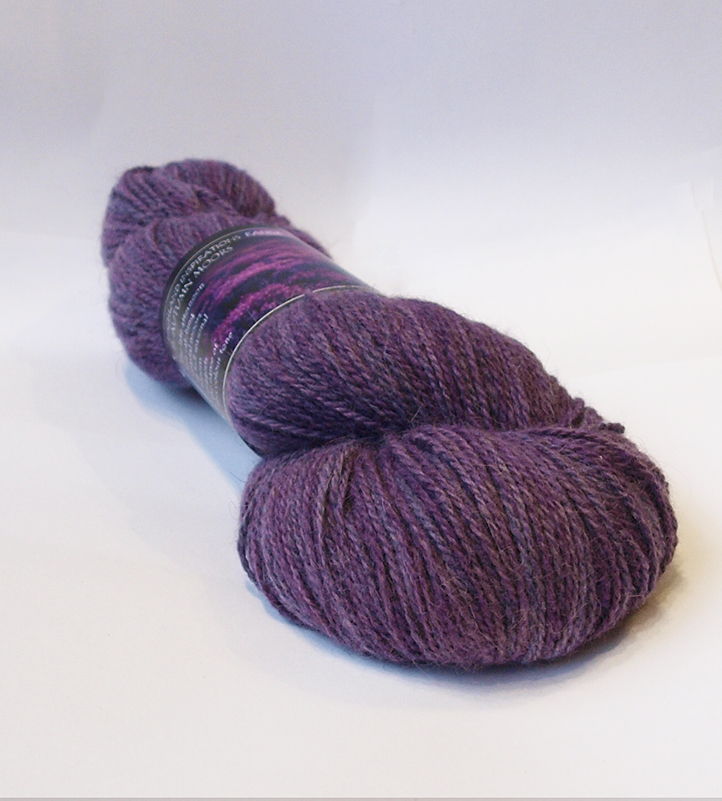Shilasdair Yarns were one of the first unusual British brands which Joyce stocked, introducing their beautiful yarns to us back in 2011.
We’ve enjoyed following the evolution of this very special company, and thought you might like to learn a bit more about their work.
Eva Lambert started her textile career as a tapestry weaver in the 1970s. Inspired herself by the intense but subtle colours of the Highland landscape and by a historic legacy of Scottish natural dyeing which once utilized such locally available plants as tansy, woad, lichens and lady’s bedstraw Eva began natural dyeing by hand for her own use in weaving.
Eva bypassed the old, smelly woad recipes – which required liberal macerations (soaking) with urine – and fragile lichen and other local plant ecosystems, for cultivated natural dyes, though common and easily grown tansy remained a favourite. She had no thought beyond her weaving requirements, but knitter friends saw this subtle variation and the vibrant beauty of natural dyed yarns, and began asking her to dye for them. By the 90’s Eva was hand dyeing full time and had her own shop on the magical Isle of Skye.
Owners of other shops had meantime visited the shop on Skye and begun to ask for the yarns. The final, logical step was to upgrade the dyeing facility and dye to trade, adding weaving yarns to the range. Shilasdair uses as much local, natural dye sourcing as possible, but the inspiration for the colour range comes from the intense palette provided by another nature source – the colours of wild Scotland and the Scottish Highlands.
Natural dyeing is an art, and Shilasdair’s skill lies in evoking those colours. Besides what they can glean locally, they build their palette with the tried and tested natural dye sources – indigo, madder, logwood, lac and cochineal. Shilasdair uses as much local, natural dye sourcing as possible, but the inspiration for the colour range comes from the intense palette provided by another nature source – the colours of wild Scotland and the Scottish Highlands. You can view their spectacular range of colours next to their inspirations on their website here: Shilasdair’s Colour Palette
Meanwhile Eva’s story took on its own impetus as she appeared several times on UK television programmes, lectured in UK and United States, and undertook historical dye commissions for public exhibitions such as that of the Great Bed of Ware coverlet in the Millenium Exhibition, Victoria and Albert museum.
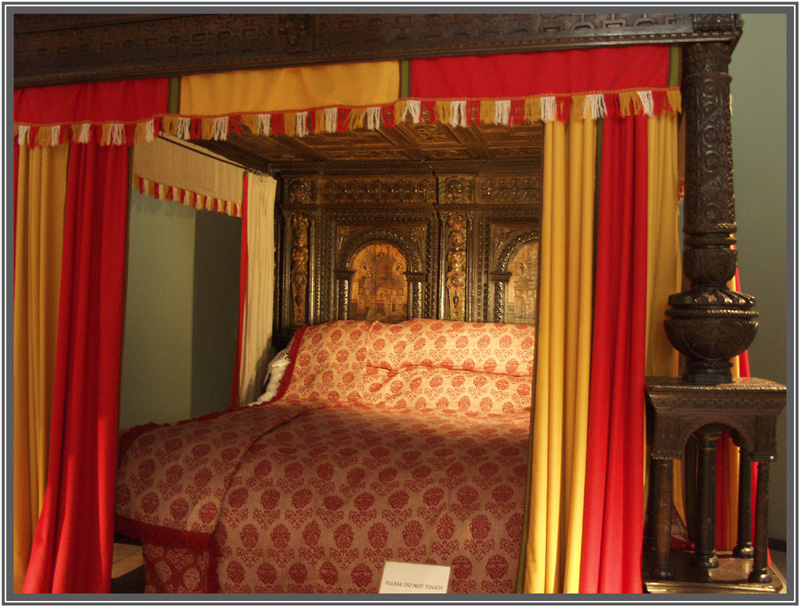
Great Bed of Ware – Eva served as the natural dyer to the Scottish Firm of Angus Weavers commissioned to reproduce the linens and bed hangings of this historical bed.
Nowadays the principle remains the same, for natural dyes are still extracted by hand as can be seen in the tansy pics below, but now they are pumped through to yarns waiting in steam heated dye cabinets, allowing for 20 kg instead of 2 kg to be dyed at once. Compared to industrial scale production, this is still a small, hands-on, creative dye method. Colours can be changed and modified and subtle new colours produced when required – here at Spin A Yarn, we look forward to seeing the subtle changes in colour season to season with each new batch of yarn. Most importantly, the characteristic intense and beautiful variation is the same as it was in the 1970’s.
Shilasdair dye a range of different fibers, but Joyce chose their Luxury DK and 4ply for her customers – a typically luxurious blend of 10% cashmere, 10% baby camel, 40% angora and 40% fine merino lambswool, which gets softer and softer the longer it is worn and has a lovely gentle ‘halo’. The colour is beautifully semi-solid, giving a gently variegated effect often only found in other high-end hand-dyed yarns such as malabrigo and madelinetosh. A quick look on Ravelry brings up some beautiful patterns knitted in Shilasdair – Manu by Kate Davies is one of our favourites (Jane from the shop has knitted it!) – you can find many more ideas here – or click on the pattern names below the images below to go directly to the patterns.
We’ve just had a fresh delivery of these gorgeous yarns in the shop, so do pop in and have a look, or view them online here. We’d also love to see any projects you’ve knitted using Shilasdair yarn – just share your photo on our Facebook page or email it to us at customerservices@spinayarndevon.co.uk and we’ll add it to our gallery.
With thanks to Shilasdair Yarns for their beautiful and informative website.

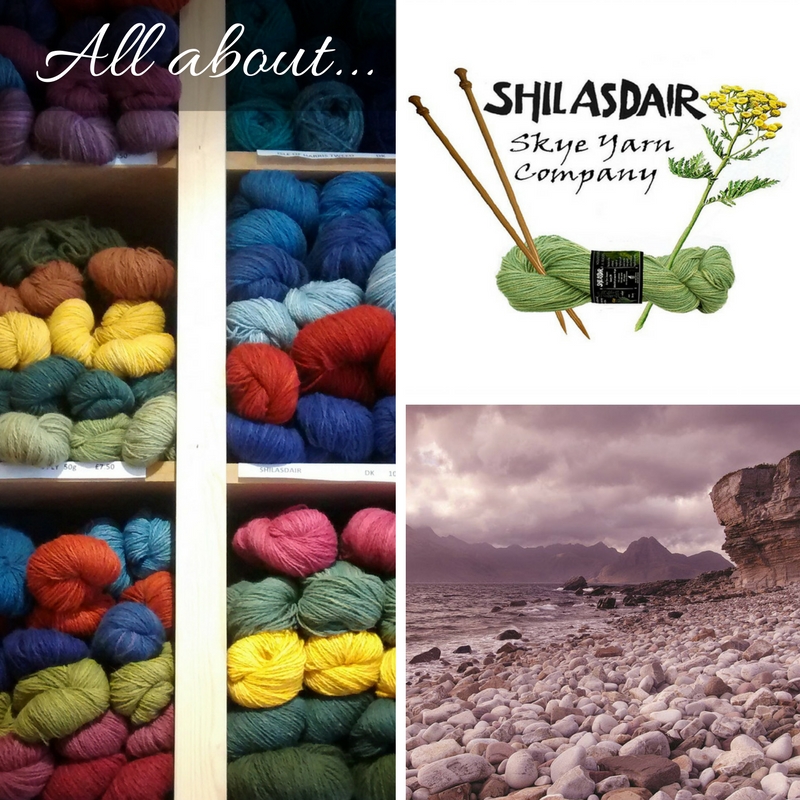
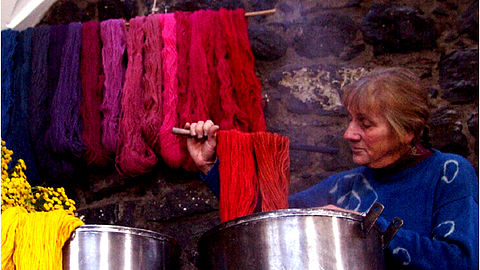
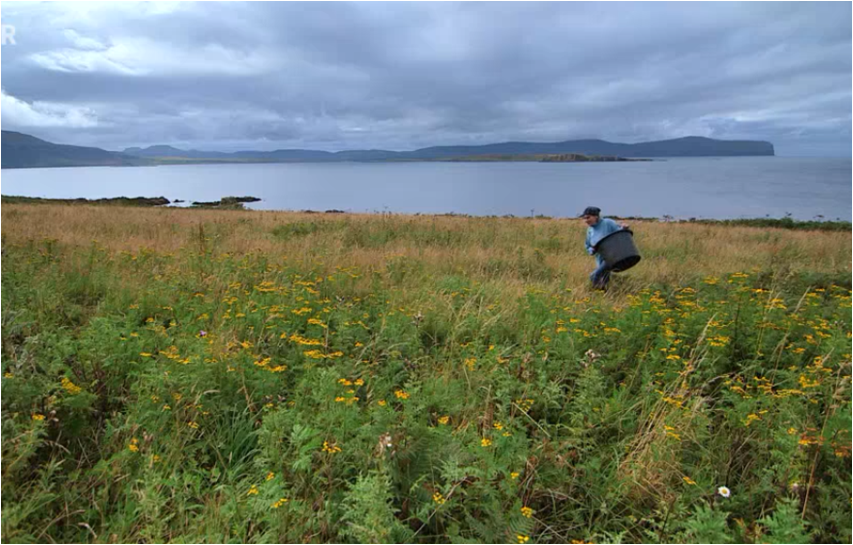
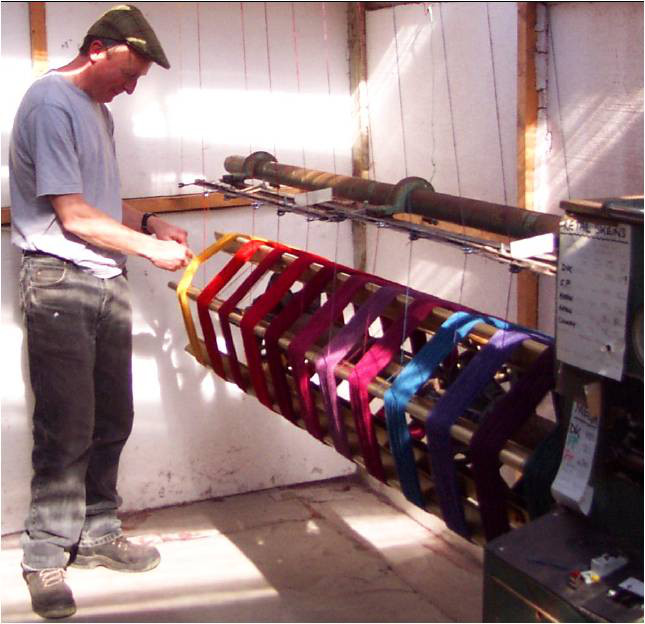
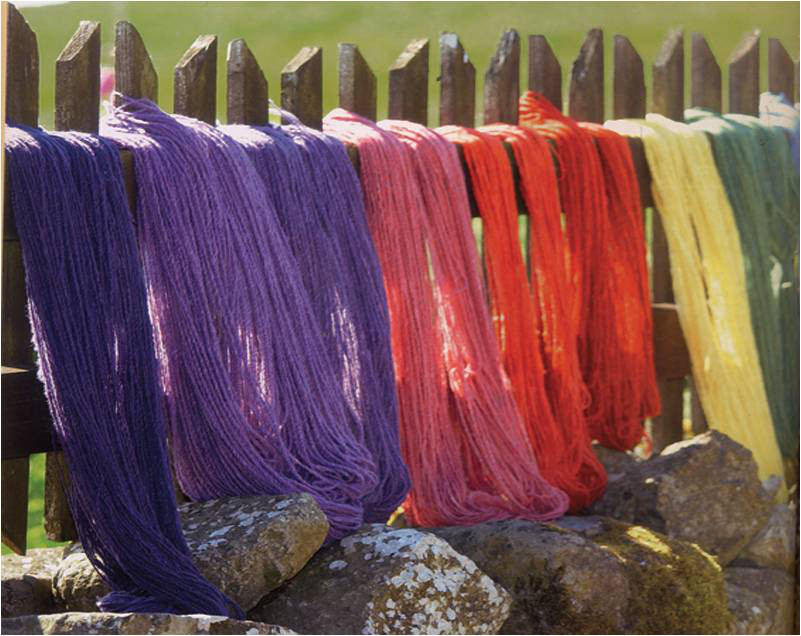
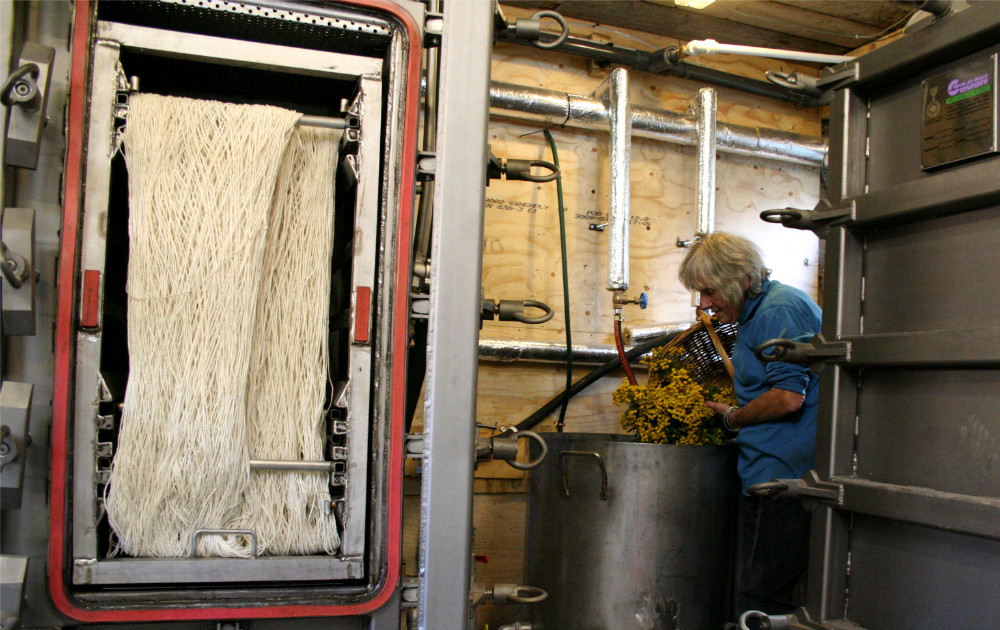
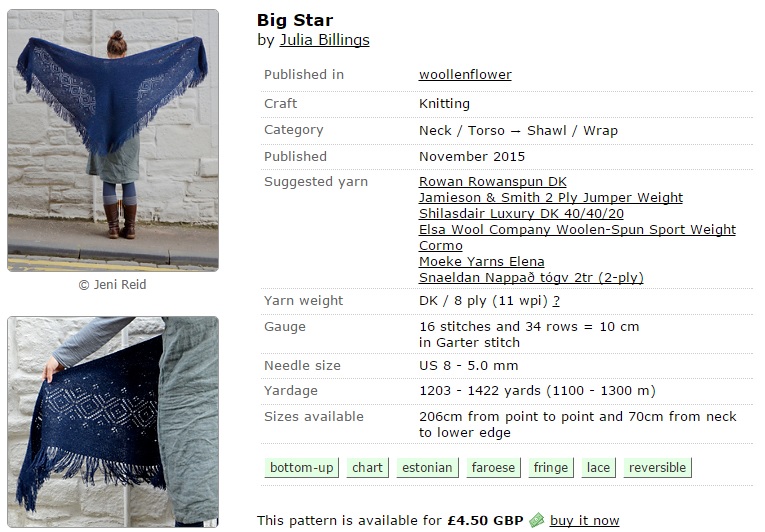
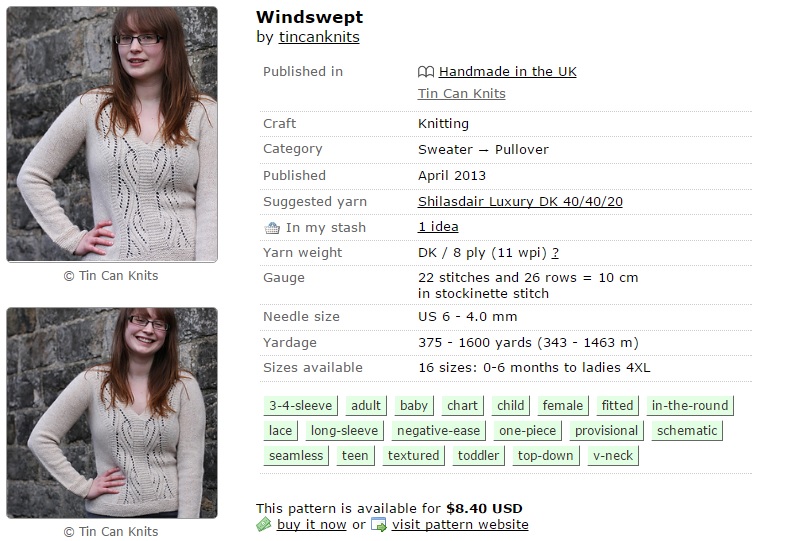
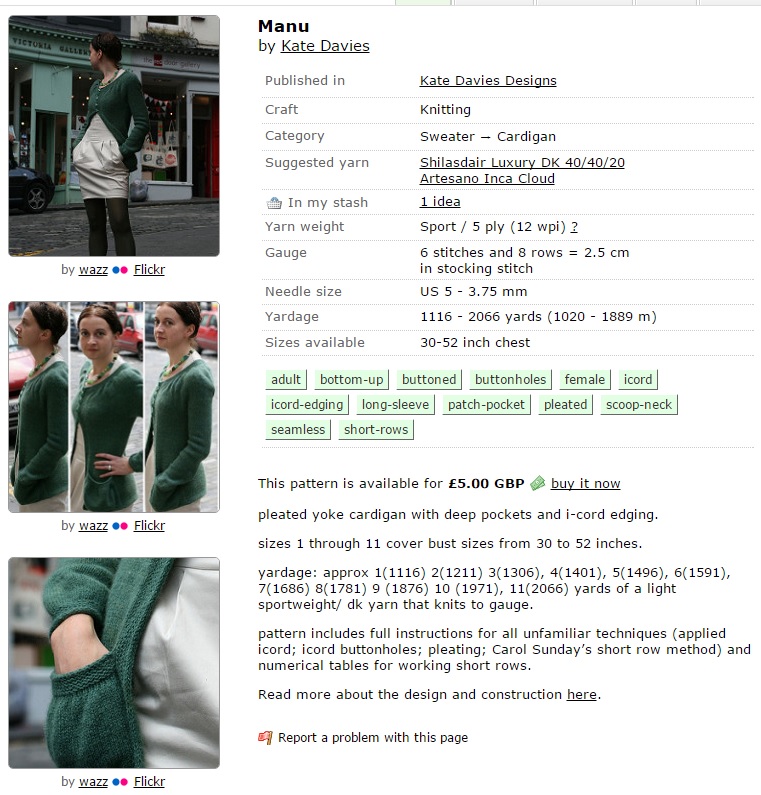 Manu by Kate Davies
Manu by Kate Davies